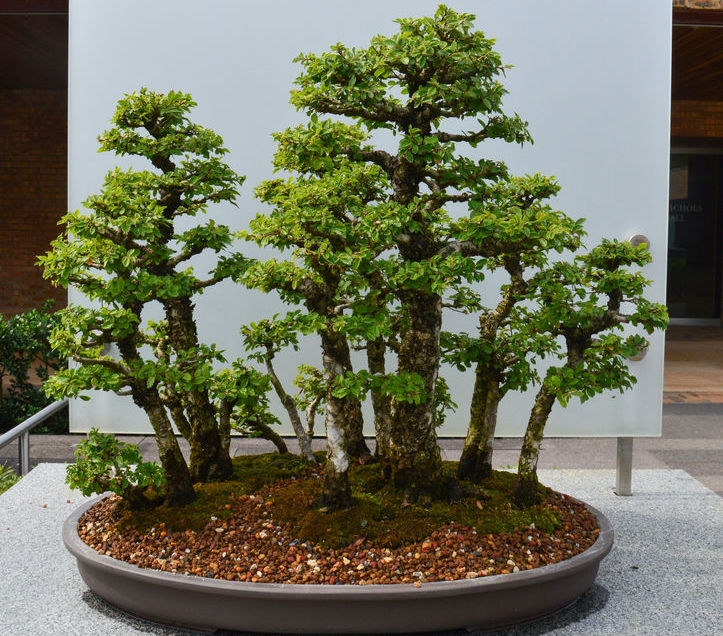
Yes, potting soil with Miracle Grow can be used for a bonsai. This type of soil is rich in nutrients and drains well, making it an ideal choice for growing a healthy bonsai tree. When using potting soil with Miracle Grow for a bonsai, it is important to use only a thin layer so that the roots are not sitting in waterlogged conditions. This type of soil should be mixed with some gritty material such as sharp sand or akadama to help improve drainage and aeration. Once mixed properly, this combination should provide the best environment for your bonsai tree to thrive.
Contents:
- Introduction: An Overview of Bonsai Growing
- Understanding the Importance of Potting Soil in Bonsai Cultivation
- Examining Miracle Grow Potting Soil Characteristics
- Advantages and Disadvantages of Using Miracle Grow for Bonsai
- Best Practices for Using Miracle Grow with a Bonsai Tree
- Additional Tips to Consider when Using Miracle Grow as Potting Soil
- Conclusion: Final Thoughts on Utilizing Miracle Grow for Bonsai Cultivation
Introduction: An Overview of Bonsai Growing
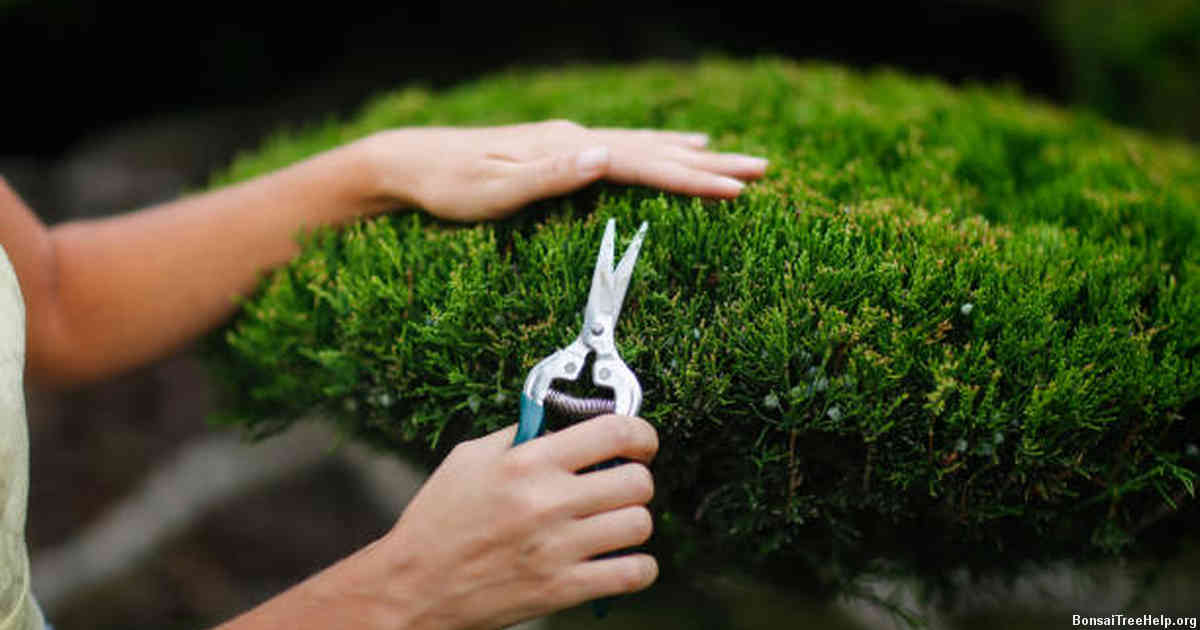
When people hear the word “bonsai”, they think of miniature versions of large plants that have been meticulously crafted. But beyond its small size, there’s a wealth of complex horticulture involved in making these intricate creations. Bonsai trees are grown from pre-existing trees or shrubs and require specialized soil, fertilizer, humidity levels and pruning techniques to create the desired shape.
Since these factors can change from plant to plant, it’s important for bonsai growers to understand what their specific tree needs in order to keep it healthy and flourishing. The type of potting soil used is especially important as certain soils may provide more oxygen and beneficial microorganisms than others. This makes Miracle Gro potting soil an interesting option for some types of bonsais due to its specially formulated blend that promises to promote growth while providing sufficient moisture retention and drainage.
Growing a bonsai is both challenging yet rewarding as each tree will require special attention unique to itself if you want it to reach its full potential. Making sure your chosen potting mix fits all your requirements will go a long way towards helping you achieve the perfect combination between artistry and living nature you’re looking for.
Understanding the Importance of Potting Soil in Bonsai Cultivation
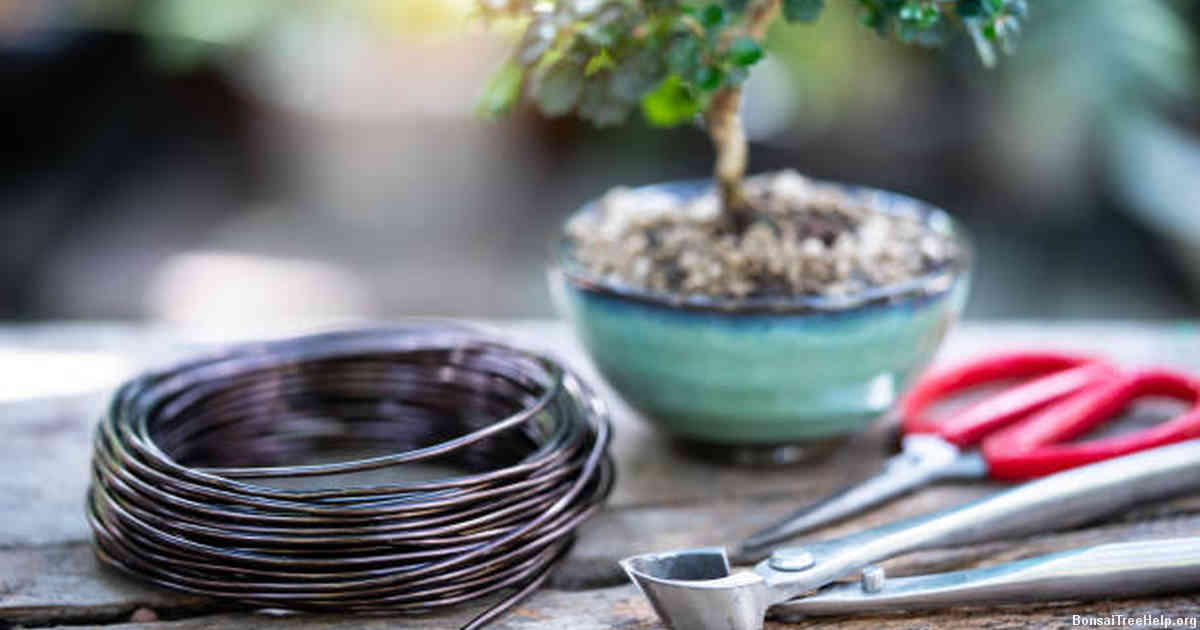
Bonsai cultivation is an intricate art form that requires a great deal of care and precision. Understanding the nuances of proper bonsai care, including potting soil selection, are essential in cultivating a successful miniature tree. Potting soil plays an incredibly important role in bonsai culture as it provides vital nutrients and support to the roots of your miniature tree.
Having the appropriate type of potting soil for bonsai trees is critical for optimum growth and health, since these pots are often shallow with minimal nutrient-rich topsoil. Miracle Grow may provide excellent fertilizer but lacks adequate drainage capabilities when compared to soils specifically designed for use with bonsai trees. Though Miracle Grow will produce lush foliage, this kind of soil can be too compacted causing improper drainage which can cause root rot if left unchecked.
In contrast, organic potting soils designed especially for bonsais offer air circulation and healthy root development by providing superior drainage and balanced nutrition that allows your miniature tree to thrive. Organic mixes also often contain minerals such as pumice or granite which further helps with aeration while also reducing compaction over time due to natural decomposition processes. When selecting potting soils its important to think about what ingredients best suit your trees needs not just now but into the future as well; investing in higher quality materials today can help you avoid costly repairs down the road from improper planting choices.
Examining Miracle Grow Potting Soil Characteristics
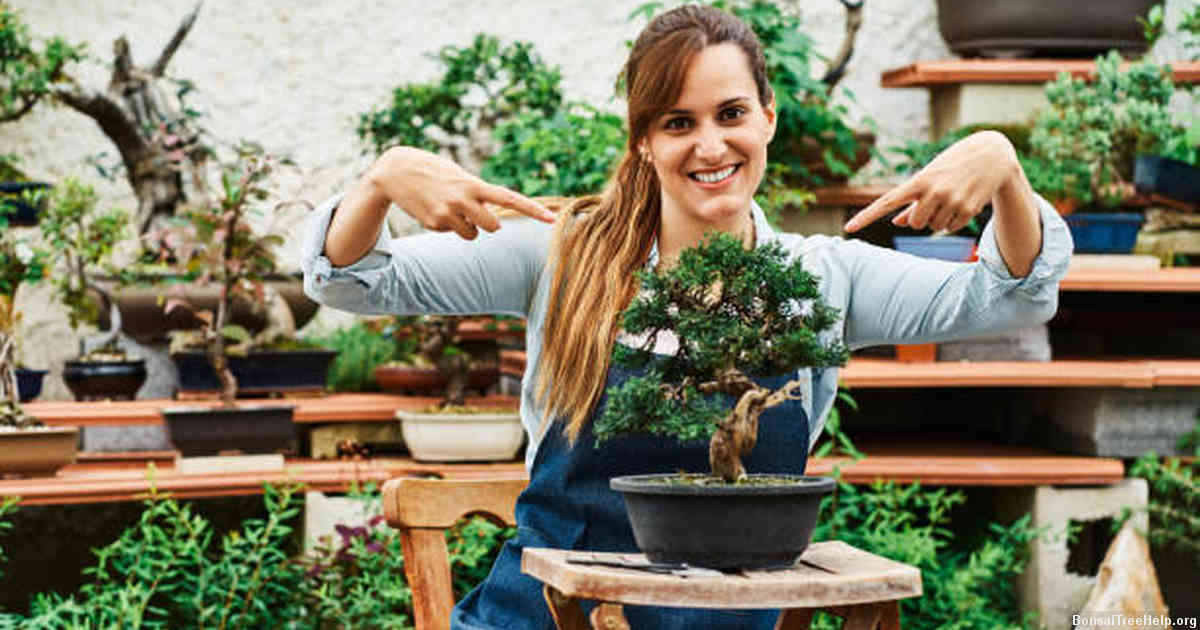
In order to make an informed decision about whether Miracle Grow potting soil is suitable for a bonsai tree, it’s important to examine the characteristics of the product. Miracle Grow’s potting soil is formulated with nitrogen, phosphorus, and potassium – all of which are essential nutrients that bonsai trees need. The product also contains balanced amounts of organic matter such as coconut coir and sphagnum peat moss that helps regulate moisture content. Perlite works in tandem with these components to provide good aeration and drainage – essential factors for successful bonsai growth.
The pH balance of Miracle Grow potting soil falls within the neutral range at 7 on average, making it suitable for most types of plants including a bonsai tree. Due to its well-rounded formulation containing micronutrients that include iron and manganese, this particular soil does not require additional supplementation beyond regular watering practices. Therefore, if you plan on using Miracle Grow potting soil for your bonsai plant it will give it access to all the minerals it needs without having to purchase separate fertilizers or amendments.
Although Miracle Grow pottings soils can be used alone they are best when combined with other complimentary ingredients like akadama clay or decomposed granite. In doing so you can increase water retention while providing better aeration and proper nutrition – making sure your Bonsais have what they need throughout their growth cycle.
Advantages and Disadvantages of Using Miracle Grow for Bonsai
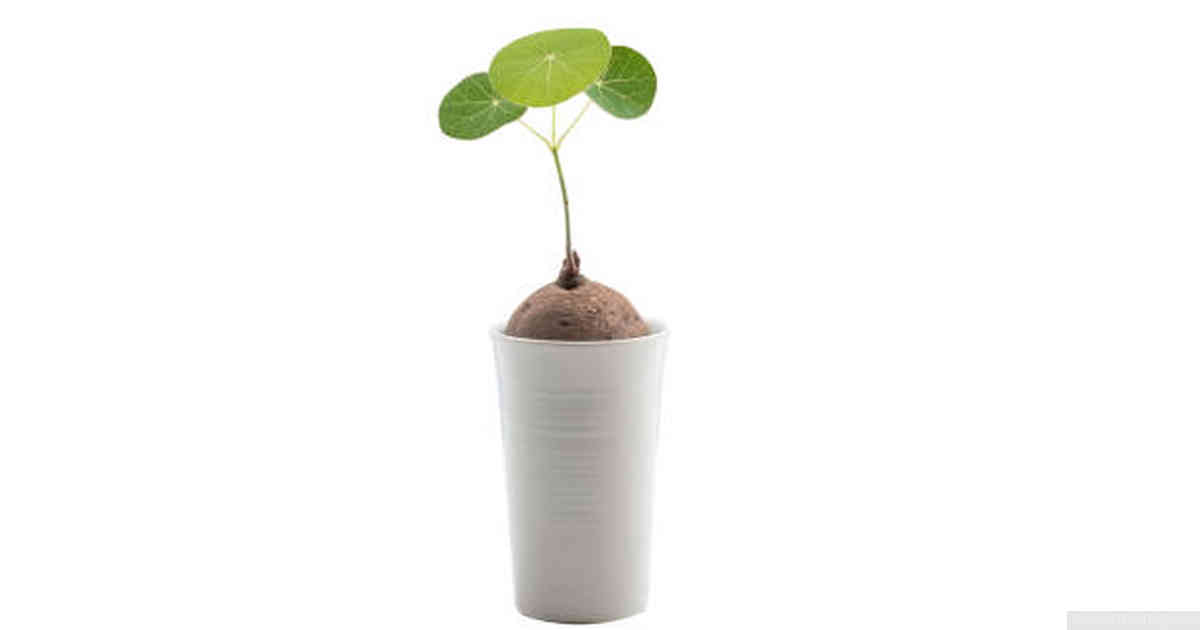
For those who are looking for a quick and easy solution to their bonsai planting needs, potting soil with Miracle Grow can be an appealing choice. Despite its convenience and promise of instant results, though, it may not be the best option when considering the long-term health of your plants.
Miracle Grow contains a variety of mineral salts that are beneficial to certain plants in short amounts. However, these same ingredients can damage delicate root systems over time due to their large nitrogen content. This means that miracle grow potting soil is only appropriate for use with bonsai if you’re planning on replacing them regularly or supplementing with additional fertilizer throughout the season.
Another issue to consider is how quickly Miracle Grow releases its nutrients. This rapid release rate might benefit some types of bonsai initially, however it could cause extreme spikes in growth that may lead to structural instability later on down the line. Nutrients delivered too quickly will also leave faster than they came, meaning you’ll have trouble maintaining steady growth over extended periods of time.
Using Miracle Grow for bonsai trees should be done cautiously since it might be useful as a stop gap measure but could potentially harm your plants if misused or used without proper follow up care from other fertilizers or repotting practices.
Best Practices for Using Miracle Grow with a Bonsai Tree

When selecting potting soil for a bonsai tree, it is important to consider what type of soil will be most beneficial to the health and growth of the tree. For those looking to use Miracle Grow with their bonsai, best practices should be followed in order to avoid possible adverse effects on your plant.
While Miracle Grow is specially formulated for maximum benefit, it’s important to not exceed the recommended amount when adding it into your potting soil. Too much Miracle Grow can easily lead to burning or otherwise harming your bonsai as these soils are typically composed of more delicate materials. It can also potentially cause nutrient imbalances that may prevent proper growth or even stunt new leaf formation if too much fertilizer is added without any other form of nutrition being available.
When using Miracle Grow for your bonsai, you’ll want to mix an appropriate amount into the potting soil prior to placing it in the pot, rather than simply top-dressing after transplanting. This will ensure that all layers of the soil have an even ratio and that there won’t be any surprises once placed in its container. As mentioned earlier, having a balanced approach when working with Miracle Grow and other fertilizers will provide optimal results over time while promoting healthy growth patterns as well as beautiful foliage displays.
Additional Tips to Consider when Using Miracle Grow as Potting Soil

For those looking to use Miracle Grow potting soil for bonsai trees, there are additional considerations. To ensure optimal results, use a light mixture of the material with other organic matter such as well-composted leaves, pine bark mulch or coir pith; this helps decrease compaction and improves drainage. Make sure to incorporate some sand into the mix in order to help aeration and promote even water absorption throughout. Be sure that any fertilizer used is blended specifically for acid loving plants; bonsai trees can be sensitive to too much nitrogen which can lead to heavy foliage growth at the expense of fruit production.
If you plan on repotting your bonsai tree often then Miracle Grow potting soil may not be suitable as it will breakdown quickly leading to issues with water retention and nutrient availability. In this case an appropriate combination of pumice or lava rock with akadama or clay is generally recommended. Be aware though that these materials aren’t as lightweight as standard potting mix so consideration must be given when handling larger specimens in order to avoid damaging branches and roots when transferring them from container to container.
Adequate protection should always taken during extreme cold weather; many bonsai species don’t handle freezing temperatures well so extra precautions should be taken if planting outdoors in colder climates regardless of choice of material used for the substrate.
Conclusion: Final Thoughts on Utilizing Miracle Grow for Bonsai Cultivation
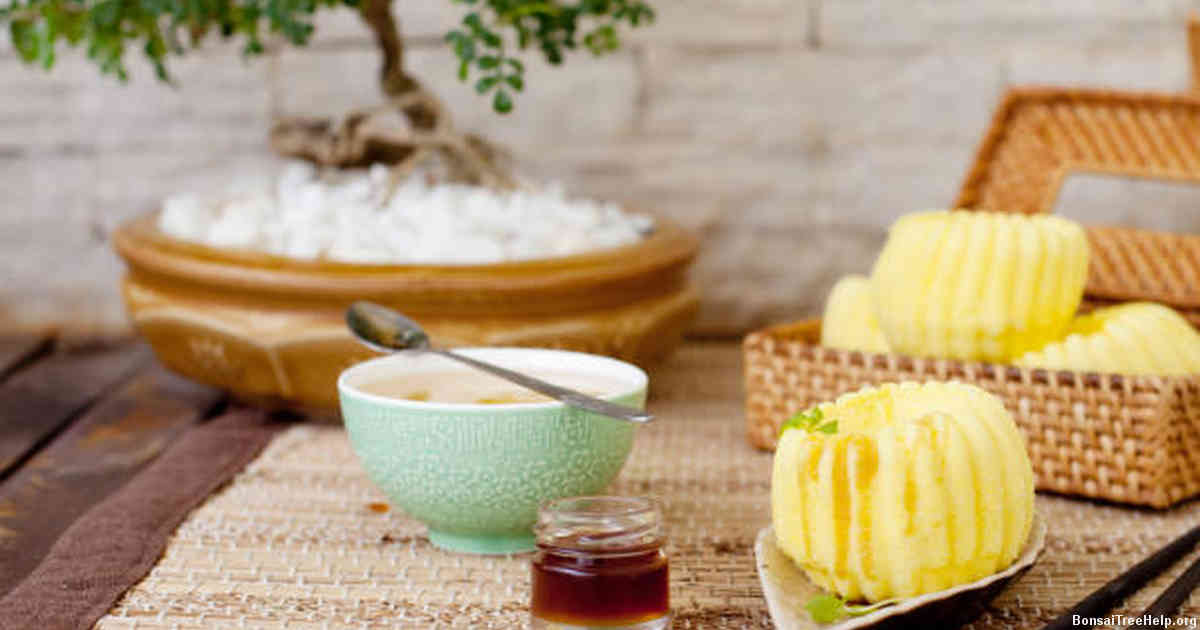
When it comes to cultivating bonsai trees, many gardeners use Miracle Grow potting soil due to the growth-enhancing nutrients that are present in its formulation. However, this product may not always be ideal for these kinds of plants. The nutrient levels in regular Miracle Grow products are too high and can cause an overabundance of growth and even stunted root systems in some species of bonsai. Because they require a well-draining soil mix rather than one that holds moisture close to the roots, using Miracle Grow could actually create more harm than good for your bonsai cultivation endeavors.
Although there is much debate on whether or not utilizing Miracle Grow is appropriate for growing bonsai trees, it does contain elements like slow release fertilizer and micronutrients which do promote healthy growth when used properly. Experienced growers might want to opt for specialty soils with an optimal balance of phosphorus and other minerals specific to their desired types of plants such as Japanese maples or cypresses. On the other hand, hobbyists who lack access or funds for specialty blends might be able to successfully grow their own tree if they experiment with diluting standard Miracle Gro potting soil with equal parts sand and perlite.
Ultimately, deciding whether or not utilize miracle gro depends on what kind of success you wish achieve with your bonsai planting efforts. If you’re just beginning your journey into bonsai gardening then try starting small by using diluted miracle grow; however if you plan on participating in shows then take time considering other options as specialized soils may yield better results regarding long-term health and stability within your miniaturized oasis.
Leave a Reply